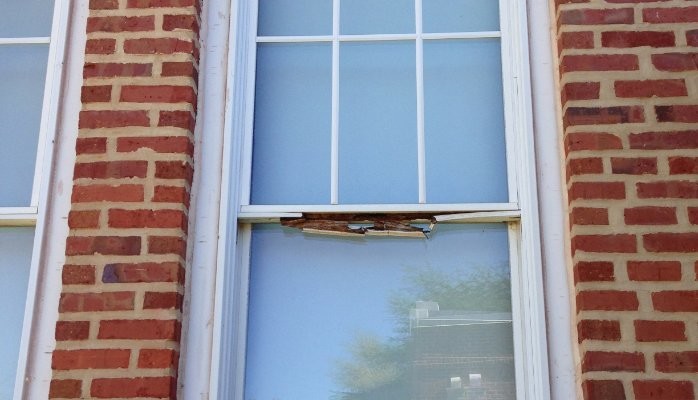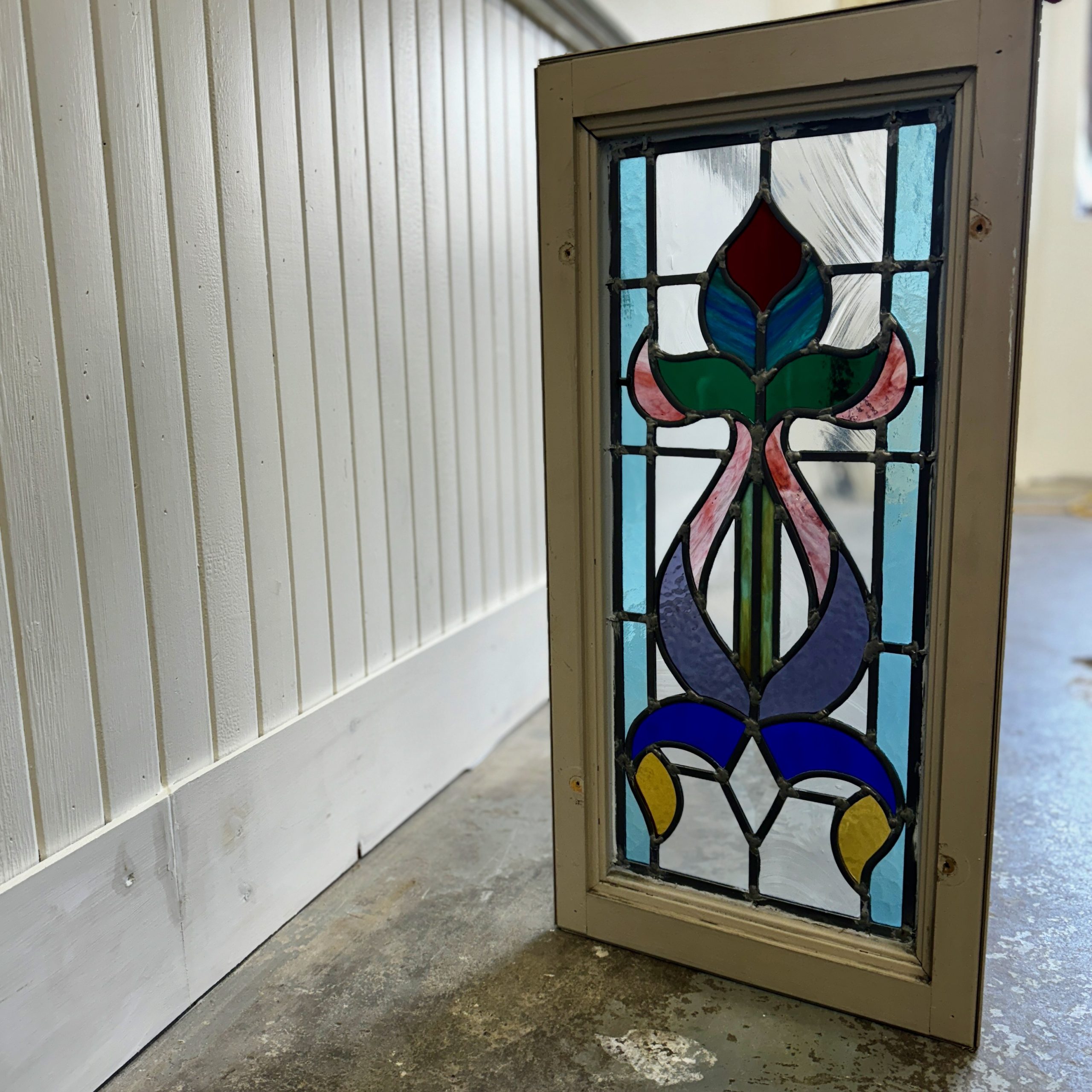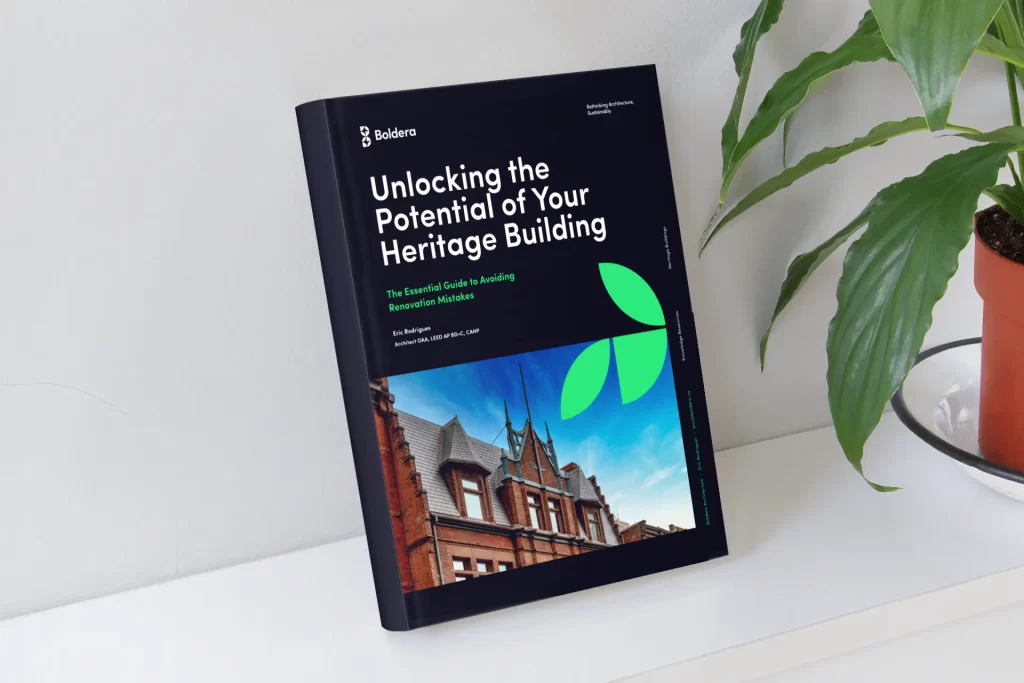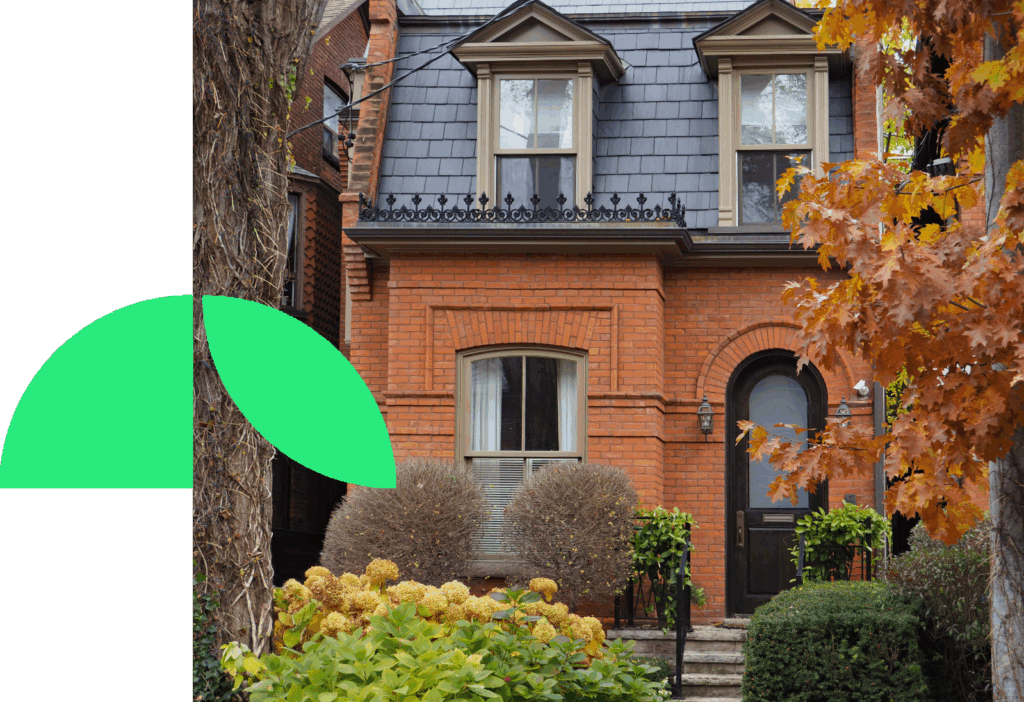Replacing Windows on a Heritage Building
Eric Rodrigues, OAA, LEED AP BD+C, CAHP
Replacing windows on a heritage building can be a delicate task, requiring a balance between modern needs and historical preservation. This guide will walk you through the essential considerations and steps to ensure your window replacements meet both aesthetic and regulatory requirements.
Understanding Heritage Attributes
Before undertaking any work, it’s crucial to understand the heritage attributes of your building. These attributes are the physical elements that contribute to the building’s historical significance. Windows are often a key feature, contributing to the building’s character and appearance.

A proper “Condition Assessment” may de required to determine if your windows are beyond repair and need to be replaces. In many cases, restoration is possible and still the most cost effective solution.
Regulatory Framework
Heritage properties in Ontario are governed by the Ontario Heritage Act. This act requires property owners to obtain permits for alterations that might affect the heritage attributes of their buildings. Specifically, for window replacements, you need to:
Consult with the Heritage Planner: Engaging with your local heritage planner early in the process can provide guidance on acceptable window replacements and streamline the approval process.
Apply for a Heritage Permit: Submit a detailed application outlining the proposed changes, including materials, design, and installation methods.
Engage a Heritage Consultant: Engaging a specialized heritage architect like Boldera is a critical step to ensure you’re complying with all regulatory requirements.
Condition Assessment
Before deciding to replace heritage windows, a condition assessment may be required. This assessment helps determine if the existing windows are beyond repair. Factors such as air and water leakage are often not sufficient to justify replacement.
The assessment will consider the extent of deterioration, structural integrity, and historical value of the windows. In cases where the windows are not severely damaged, storm windows might be considered as a solution to address issues like air and water leakage while preserving the original windows.
When Replacement is Considered:
Beyond Repair: If the condition assessment deems the windows irreparable, replacement can be justified.
Non-Original Windows: If the existing windows are not original and do not contribute to the heritage character, substitution might be allowed.

Many heritage buildings showcase beautiful stained glass panels. Proper restoration and installation of storm windows is critical to maintain the integrity of the original design while creating a more energy efficient window.
Types of Acceptable Window Replacement
When selecting new windows, it’s important to choose options that closely match the original design and materials. Consider the following:
Materials: Traditional materials like wood are often preferred. However, modern alternatives like aluminum-clad wood may be acceptable if they visually mimic the original appearance.
Design: The new windows should replicate the original design, including muntin patterns, sash configurations, and proportions.
Glazing: While energy efficiency is important, double-glazed units that maintain the historic look are typically recommended.
Potential Challenges and How to Overcome Them
Replacing windows on a heritage building can present several challenges:
Matching Materials: Finding materials that match the original can be difficult. Work with suppliers who understand heritage requirements.
Cost: Heritage window replacements can be more expensive than standard windows. Consider applying for heritage grants or financial incentives.
Approval Delays: The approval process for heritage permits can be time-consuming. Start the process early and provide detailed documentation to avoid delays.
Steps to Ensure New Windows Match Historical Aesthetics
To ensure that your new windows align with the historical aesthetics of your building, follow these steps:
Research Historical Styles: Study the architectural style of your building and identify the original window designs.
Consult Historical Documents: Look for historical photographs, blueprints, or other documents that show the original window details.
Glazing: While energy efficiency is important, double-glazed units that maintain the historic look are typically recommended.
Planning is Key
Replacing windows on a heritage building requires careful planning and adherence to heritage guidelines. By understanding the heritage attributes, conducting a thorough condition assessment, and selecting appropriate materials and designs, you can successfully replace your windows while preserving the historical integrity of your building.
Engaging a specialized heritage architect like Boldera is a critical step in overcoming these challenges. Boldera’s expertise ensures that:
Expert Guidance: You receive professional advice on the best approaches to window replacement, considering both preservation and modern needs.
Streamline Process: Boldera can help navigate the complex regulatory landscape, ensuring timely approvals.
Quality Results: With a focus on historical accuracy and quality, Boldera ensures that your new windows enhance the heritage value of your building.
Conclusion
At Boldera, we are committed to true heritage conservation and adaptive reuse. Our team of experienced heritage architects and specialists is dedicated to preserving the historical integrity of buildings while meeting the needs of modern development. We believe in creative, respectful solutions that enhance the urban landscape and honor the past. Partner with Boldera to ensure your heritage project is successful and meaningful. Contact us today to learn more about how we can help you achieve your vision.
I hope this article has helped you with your planning. If you have questions, book a free 30-minutes Discovery Session with Boldera Architecture. This will unlock the full potential of your project and help you develop a quick action plan. My goal is to help you develop successful projects.






